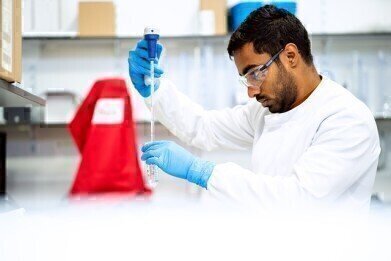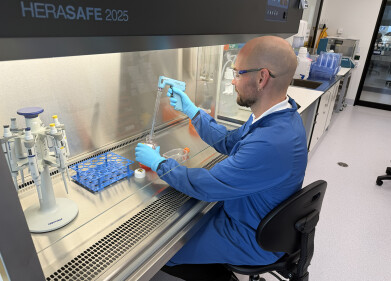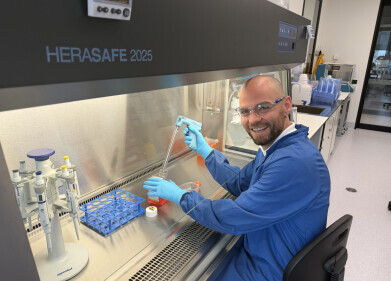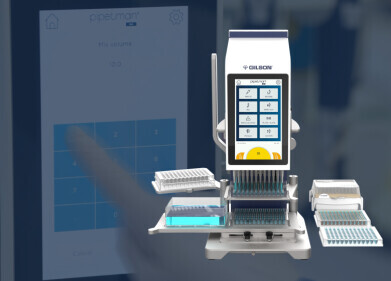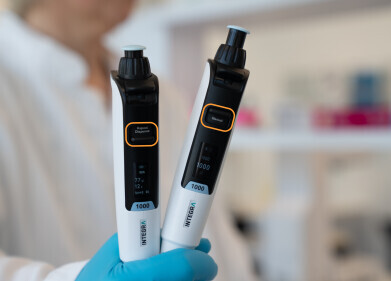Pipettes
How Have Laboratory Pipettes Changed over the Years?
May 17 2021
From high school science classrooms to cutting-edge international research centres, pipettes have been a staple in laboratories for decades. Over the years the humble but hugely useful tool has evolved and advanced to meet the needs of modern science.
Below, we look at how laboratory pipettes have changed over the years.
1940s
The first pipettes appeared in laboratories in the 1940s, with famous French chemist and microbiologist Louis Pasteur credited with inventing the tool. The handheld devices were used to transfer small amount of liquid, as well as quickly and efficiently measure out medicine doses. While Pasteur pipettes were initially made from glass, manufacturers soon championed plastic. This allowed scientists to drastically reduce sample contamination and maintain safer and more productive laboratories.
1950s
In the 1950s, German physician Heinrich Schnitger developed a prototype known as a micropipette. He was working at the University of Marburg and was becoming increasingly frustrated with having to use glass micropipettes to repetitively transfer small volumes of liquid. Schnitger addressed the problem with a spring-loaded piston and a removable plastic tip, which he went on to patent as the micropipette.
1960s
Dr. Heinrich Netheler, founder of German-based life science company Eppendorf purchased the rights to Schnitger’s micropipette in the early 1960s. He quickly began mass commercial production of the innovative laboratory tools, which were embraced by scientists around the world.
1970s
The 1970s marked another leap forward for pipettes, with Wisconsin inventor Warren Gilson and biochemistry professor Henry Lardy developing the adjustable micropipette. Equipped with a tool to measure air pressure, the adjustable micropipette allows scientists to accurately extract, transport and dispense small amounts of liquid.
2020s
Technology has rapidly advanced since pipettes first emerged in the 1940s, with scientists now spoilt for choice. The new Bluetooth™-enabled Gilson™ Single Channel PIPETMAN™ M has reimagined laboratory operations, while the hugely popular Oxford Benchmate E Electronic Pipette sets a new standard for accuracy and precision. Gold-standard models like the Rainin Electronic E4 XLS Adjustable Spacer Multichannel Pipette are packed with features and offer scientists the opportunity to reduce pipetting steps by a huge 98%. Advances in manufacturing have also allowed school and university laboratories to secure access to high quality, affordable pipettes.
Want to know more about how pipettes have maintained their relevance in modern labs? Lee Moir, a representative from British-based genetic research facility the MRC Harwell Institute explores best-practice methods and techniques in ‘The Art of Pipetting - Top Tips’.
Digital Edition
Lab Asia Dec 2025
December 2025
Chromatography Articles- Cutting-edge sample preparation tools help laboratories to stay ahead of the curveMass Spectrometry & Spectroscopy Articles- Unlocking the complexity of metabolomics: Pushi...
View all digital editions
Events
Jan 21 2026 Tokyo, Japan
Jan 28 2026 Tokyo, Japan
Jan 29 2026 New Delhi, India
Feb 07 2026 Boston, MA, USA
Asia Pharma Expo/Asia Lab Expo
Feb 12 2026 Dhaka, Bangladesh
